The 18 greatest fighter aircraft of all time
- By We Are the Mighty
Share This Article
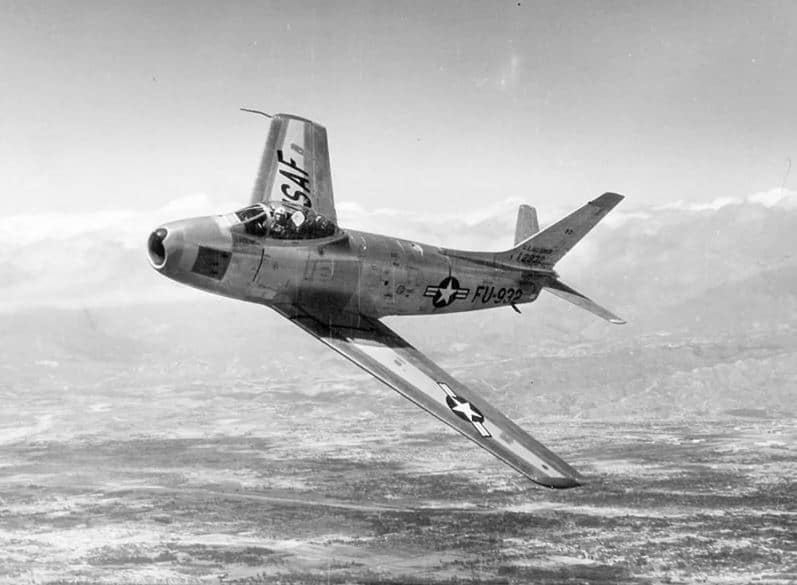
This article by Ward Carroll was originally published by We Are the Mighty
Results are what make a weapons system great, not just technology.
In the case of fighter aircraft, it’s all about the kills, and with that as the main selection criteria, here’s WATM’s list of the 18 greatest fighters of all time:
1. Fokker Triplane

The iconic aircraft behind the World War I success of Manfred von Richthofen’s Flying Circus was actually designed after a Sopwith Triplane crashed behind German lines in 1917. The Fokker Triplane was relatively slow and hard to see out of, but it possessed an impressive turn rate that “The Red Baron” leveraged towards his war total of 80 confirmed kills.
2. Sopwith Camel

(Photo: The Canadian ace William Barker with his Sopwith Camel B6313.)
The Sopwith Camel had a more powerful engine and more firepower than the German fighters it went up against, and although the big engine made it hard to handle, in the hands of an experienced pilot the fighter was very lethal. The Sopwith Camel accounted for 1,294 air-to-air kills, the most of any model during World War I.
3. Mitsubishi Zero

At the outset of World War II in the Pacific, the Zero owned the skies, including those over Pearl Harbor on December 7, 1941. The Zero was primarily carrier-based, highly maneuverable, and could fly long range. Because of this the Japanese enjoyed a 12-to-1 kill ratio over the allies during the first few years of the war.
4. Bf-109

Often incorrectly called the “Me 109,” the Bf-109 remains the most produced fighter aircraft in history and was one of the Luftwaffe’s air-to-air workhorses. The Bf 109 was flown by the three top-scoring German fighter aces of World War II, who claimed 928 victories among them. Through constant design improvements and development by German engineers, the Bf 109 remained lethal in the face of allied technical advances throughout the war.
5. Focke-Wulf Fw-190

The Fw-190 was generally considered superior to the Bf-109 because of it’s bigger engine (a BMW inline 12) and greater firepower. Some of the Luftwaffe ‘ s most successful fighter aces flew the Fw 190, including Otto Kittel with 267 victories, Walter Nowotny with 258, and Erich Rudorffer with 222.
6. P-51 Mustang

The P-51 Mustang was a solution to the clear need for an effective bomber escort starting in 1943. General James Doolittle told the fighters in early 1944 to stop flying in formation with the bombers and instead attack the Luftwaffe wherever it could be found. The Mustang groups were sent in well before the bombers in a “fighter sweep” as a form of air supremacy action, intercepting German fighters while they were forming up. As a result, the Luftwaffe lost 17 percent of its fighter pilots in just over a week, and the Allies were able to establish air superiority. (Wikipedia)
Related: WHAT DO AIR FORCE FIGHTER PILOTS DO?
7. P-38 Lightning

In spite of the fact that the twin-boom design limited roll rate performance, the P-38 tallied impressive kill numbers in the Pacific and the China-Burma-India areas when piloted by America’s top aces like Richard Bong (40 victories) and Thomas McGuire (38 victories).
8. P-47 Thunderbolt

In Europe during the critical first three months of 1944 when the German aircraft industry and Berlin were heavily attacked, the P-47 shot down more German fighters than the P-51 (570 out of 873), and shot down approximately 900 of the 1,983 claimed during the first six months of 1944. In Europe, Thunderbolts flew more sorties (423,435) than P-51s, P-38s and P-40s combined. Indeed, it was the P-47 which broke the back of the Luftwaffe on the Western Front in the critical period of January–May 1944. (Wikipedia)
9. Spitfire

The Spitfire achieved legendary status during the Battle of Britain by racking up the highest victory-to-loss ratio among British aircraft. Spitfires were flown by British aces Johnnie Johnson (34 kills), Douglas Bader (20 kills), and Bob Tuck (27 kills). The Spitfire was produced in greater numbers than any other British aircraft and was the only British fighter to be in continuous production throughout the war. (Wikipedia)
10. F4F Wildcat

The first of the Grumman “Cat” series, the carrier-based F4F was slower, shorter ranged, and less maneuverable than the Japanese Zero. However it’s ruggedness and the development of group tactics like the “Thatch Weave” allowed the Wildcat to ultimately prevail, tallying a nearly 7-to-1 kill ratio over the course of the war.
11. F6F Hellcat

The F6F was designed to improve on the Wildcat’s ability to counter the Mitsubishi A6M Zero and help secure air superiority over the Pacific Theater. Hellcats were credited with 5,223 kills, more than any other Allied naval aircraft.
Related: RUSSIA’S STEALTH FIGHTER IS FINALLY STARTING TO LOOK DANGEROUS
12. F-4U Corsair

Know to the Japanese as “whistling death,” Corsairs claimed 2,140 air combat victories and an overall kill ratio of over 11-to-1. Legendary F4U pilots include Marines Joe Foss, Marion Carl, and Pappy Boyington.
13. MiG-15

With the Chinese entry into the Korean War, the MiG-15 began to appear in the skies over Korea. Quickly proving superior to straight-wing American jets such as the F-80 and F-84 Thunderjet, the MiG-15 temporarily gave the Chinese the advantage in the air and ultimately forced United Nations forces to halt daylight bombing until the F-86 arrived to level the air combat playing field.
14. F-86 Sabre

The F-86 was the U.S. answer to the MiG-15 that had dominated the skies over Korea in the early part of that conflict. Engagements in MiG Alley between the two aircraft were numerous, and that period is considered by many as the glory days of air-to-air warfare between jet aircraft. F-86s ended the war with a 10-to-1 kill ratio over the MiG-15s they faced.
15. F-4 Phantom

The F-4 was the fighter and attack workhorse for the U.S. Air Force, Navy, and Marine Corps for several decades and Phantom crews were the last to attain “ace” status in the 20th Century. The most noteworthy event happened on May 10, 1972, when Lieutenant Randy “Duke” Cunningham and Lieutenant (junior grade) William P. Driscoll shot down three MiG-17s to become the first American flying aces of the war.
16. MiG-21

One of the most widely used fighter aircraft in history, MiG-21s tallied impressive kill numbers during the Vietnam War, the Iran-Iraq War, and the India-Pakistan and Egypt-Israeli conflicts.
17. F-14 Tomcat

The Tomcat didn’t make this list because of it’s long service as the U.S. Navy’s front-line carrier-based fighter (in spite of the fact that “Top Gun” remains the greatest military movie of all time), but because the Iranian Air Force had more than 160 kills with it during the Iran-Iraq War.
18. F-15 Eagle

Eagles made dogfighting history during Operation Desert Storm, primarily because of their superior weapons suite, including state-of-the-art (at the time) identification capability. F-15s had 34 confirmed kills of Iraqi aircraft during the 1991 Gulf War.
Related Posts
Sandboxx News Merch
-

‘AirPower’ Classic Hoodie
$46.00 – $48.00 Select options This product has multiple variants. The options may be chosen on the product page -

‘Sandboxx News’ Trucker Cap
$27.00 Select options This product has multiple variants. The options may be chosen on the product page -

‘Sandboxx News’ Dad Hat
$27.00 Select options This product has multiple variants. The options may be chosen on the product page
We Are the Mighty
Related to: Military History
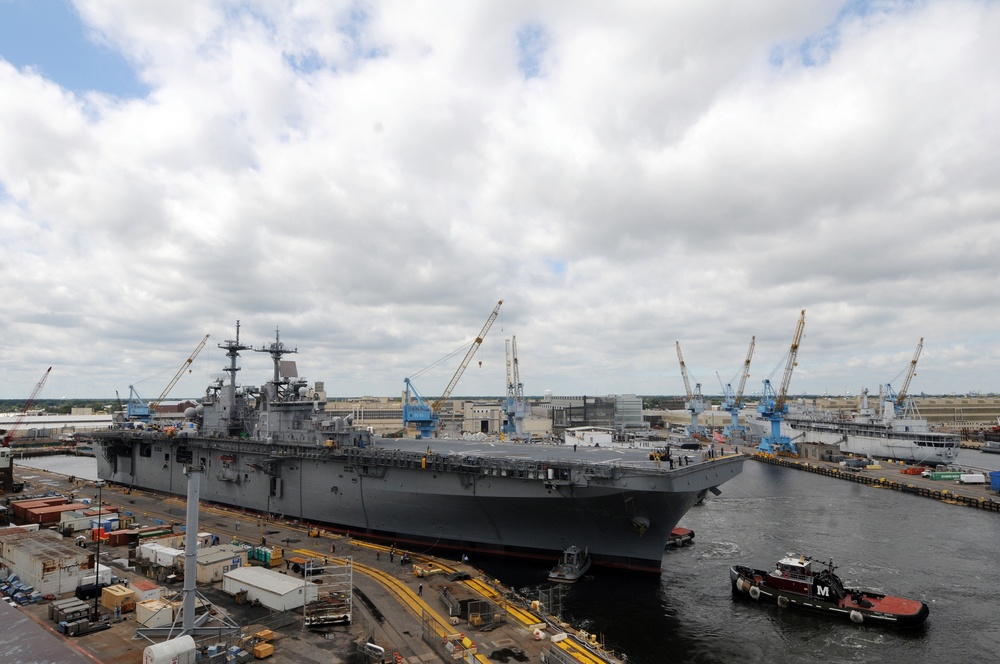
Fixing the US Navy’s shipbuilding problems starts with the workers, agency analysts say
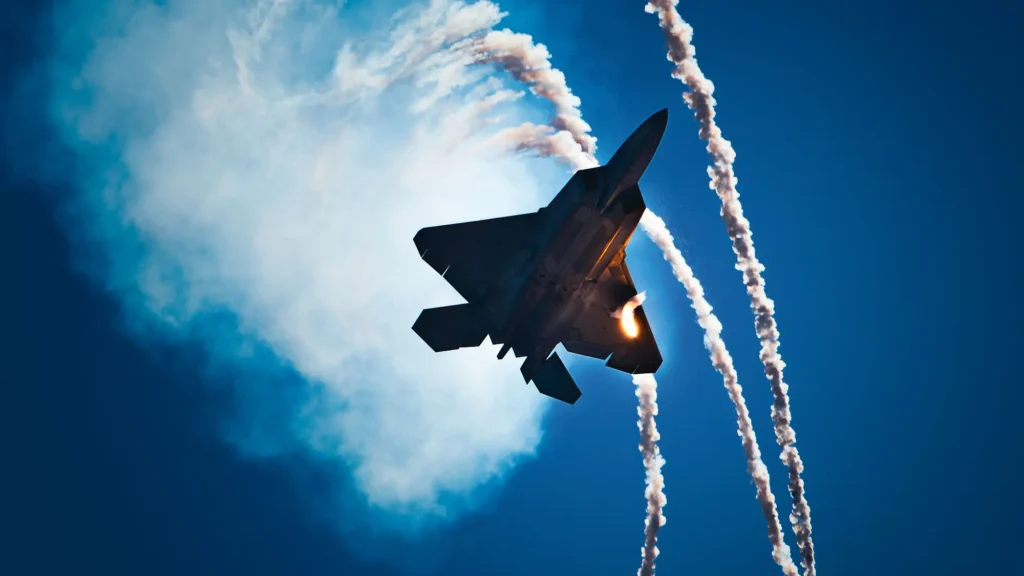
America’s first 6th-gen fighter jet will be Boeing’s F-47, Trump just announced
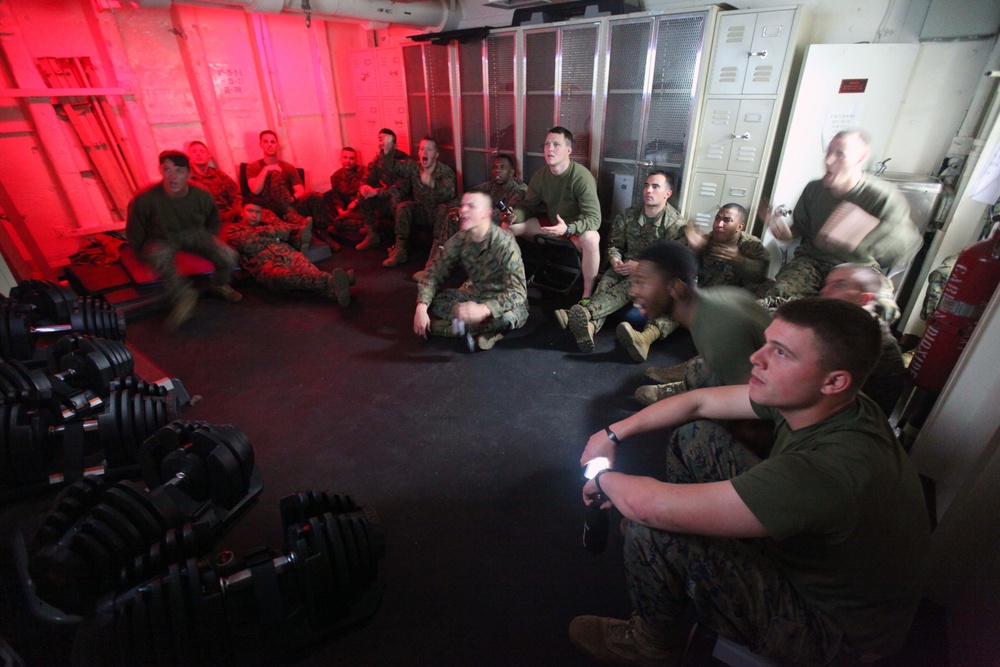
3 new TV shows to watch to make service time pass faster
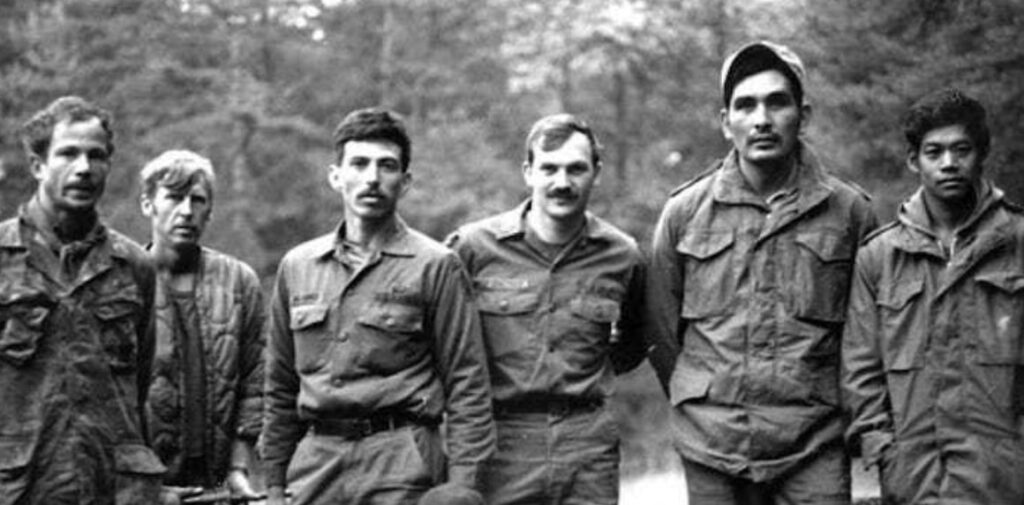
Delta Force Assessment and Selection: Spending nights at base camps
Sandboxx News
-

‘Sandboxx News’ Trucker Cap
$27.00 Select options This product has multiple variants. The options may be chosen on the product page -

‘AirPower’ Classic Hoodie
$46.00 – $48.00 Select options This product has multiple variants. The options may be chosen on the product page -

‘AirPower’ Golf Rope Hat
$31.00 Select options This product has multiple variants. The options may be chosen on the product page -

‘Sandboxx News’ Dad Hat
$27.00 Select options This product has multiple variants. The options may be chosen on the product page
